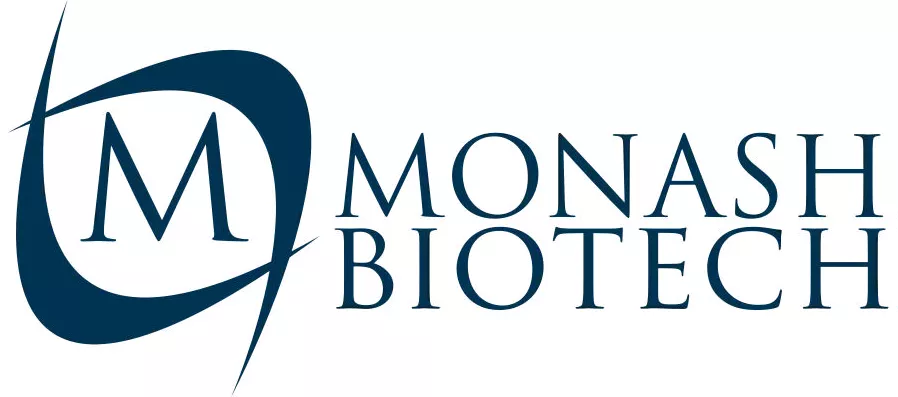Gamete Intrafallopian Transfer (GIFT) A Fertility Treatment with a Natural Touch
Gamete intrafallopian transfer (GIFT) is a specialized assisted reproductive technology (ART) that offers couples struggling with infertility a unique approach to conception. Unlike in vitro fertilization (IVF), where fertilization occurs in a laboratory dish, GIFT allows fertilization to take place within the woman’s body, more closely mimicking the natural process.
How Does GIFT Work ?
Ovarian Stimulation:
The woman receives fertility medications to stimulate her ovaries to produce multiple eggs.
Egg Retrieval:
Mature eggs are retrieved from the woman’s ovaries using a minimally invasive procedure.
Sperm Collection:
The male partner provides a semen sample.
Gamete Preparation:
The eggs and sperm are combined in a catheter.
Transfer to Fallopian Tube:
The mixture of eggs and sperm is carefully transferred into the woman’s fallopian tube through a laparoscopic procedure.
Fertilization and Implantation:
Fertilization occurs naturally within the fallopian tube, and the resulting embryo travels to the uterus for implantation.
Who is GIFT Suitable For ?
GIFT is a viable option for couples with:
Unexplained infertility
Mild male factor infertility
Cervical factor infertility
Religious or ethical objections to IVF
It’s important to note that GIFT requires at least one healthy and open fallopian tube for successful implantation.
Advantages of GIFT
Natural Fertilization:
Fertilization occurs within the body, potentially increasing the chances of successful implantation.
Reduced Risk of Multiple Pregnancies:
GIFT typically involves transferring fewer eggs compared to IVF, reducing the risk of multiple pregnancies.
Ethical Considerations:
Some couples prefer GIFT due to religious or ethical concerns about IVF.
Disadvantages of GIFT
Invasive Procedure:
GIFT requires laparoscopy, a surgical procedure with associated risks and recovery time.
Limited Success Rates:
GIFT may have lower success rates than IVF, especially for women with certain fertility issues.
Availability:
GIFT is not as widely available as IVF.
Success Rates of GIFT
Success rates for GIFT vary depending on factors like the woman’s age, the cause of infertility, and the experience of the medical team. On average, the success rate per cycle ranges from 20–30%.
Ethical Considerations
GIFT raises fewer ethical concerns compared to IVF, as fertilization occurs naturally within the woman’s body. However, it’s essential to discuss the potential risks and benefits of the procedure with a qualified fertility specialist.
Conclusion
GIFT offers couples a unique alternative to IVF, allowing fertilization to occur naturally within the body. While it may not be suitable for everyone, it’s a valuable option for those seeking a less invasive and ethically acceptable approach to fertility treatment. If you’re considering GIFT, consult with a fertility specialist to discuss your individual needs and determine if it’s the right path for you.
Our Products
Blastomere Biopsy Micropipettes
Holding Micropipettes
Injection Micropipettes
Polar Body Biopsy Micropipettes
Trophectoderm Biopsy Micropipettes Bevelled
Trophectoderm Biopsy Micropipettes Flat
Support
Customer Support
Frequently Asked Questions
Chat on WhatsApp
Chat on FaceBook Messenger
Helpful Resources
Privacy Policy
Please note that the 3D models displayed on this website are for illustrative purposes only. Actual product dimensions, colors, and finishes may vary. These models should not be considered a precise or guaranteed representation of the final product.
© 2025 Monash Biotech. All Rights Reserved.
Designed & Developed by Goafreet Company


